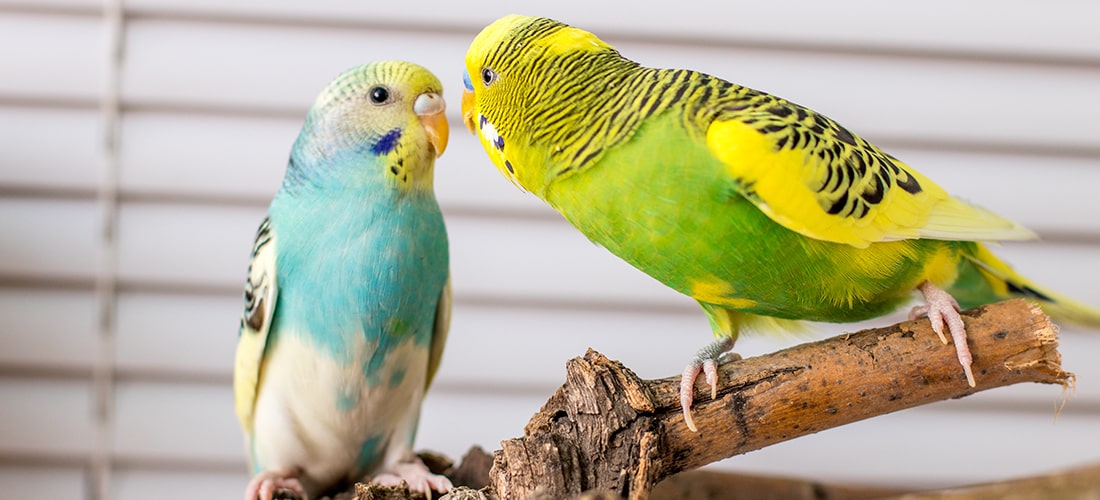Sadly, people allergic to pets often struggle to have them in their homes or need a strict allergy management plan to live alongside their beloved pets.
We understand how important pets are, and how difficult allergies can be to manage. For some pet allergy sufferers, there is a ray of hope in a new trend of “hypoallergenic pets” that shed less fur – but is this true? We’re looking at the facts behind the myths.
Myth #1: “Some breeds of dog and cat don’t cause allergies and are hypoallergenic”

Fact: Unfortunately, it’s a myth that certain breeds of cats and dogs are hypoallergenic and don’t cause allergic reactions in people. Although many people with allergies may only have symptoms when exposed to certain breeds, which can give the illusion that a pet is ‘hypoallergenic’, unfortunately, the same breed that is well tolerated by one person with allergies can cause problems for another. Allergens (the substances that cause allergic reactions) can vary between individual pets. However, this does not depend on breed, or even coat length, though breeds that shed more may release higher levels of allergens into the home.
Myth #2: "It's a pet's fur that causes allergies"

Fact: It’s not fur that’s the real problem here. People are usually allergic to the dander (flakes of dead skin) and/or proteins from their pets’ saliva and skin glands. Fur does of course, shed in varying amounts according to breed and coat type, which spreads the allergens, but allergens will still be present, no matter the breed.
Myth #3: “Pets with no fur like the Sphynx cat or Chinese Crested dog don’t cause allergies”

Fact: Sadly, even hairless breeds are not hypoallergenic. Most allergens come from the saliva, skin glands, and dander, so hairless breeds can still cause allergies. Cats and dogs groom themselves to stay clean, putting allergens on their skin from the saliva, which will then end up in the home as dander, or on your hands when you stroke them. Studies have shown that hairless cat breeds do produce slightly less of the protein in their saliva, but it is still present and able to cause an allergic reaction.
Myth #4: “Because Poodles don’t shed, they won’t trigger my allergies”

Fact: You might be starting to see a theme now! All dogs have protein in their saliva, all dogs groom themselves, and all dogs shed fur. Yes, some may shed less, and some may produce less of the protein that causes an allergic reaction, but it is still present, no matter the breed. There are no breeds of cats or dogs that are universally or dependably allergen-free. However, some allergy sufferers can find a particular breed that keeps their allergies at a manageable level.
Myth #5: “Pet birds don’t trigger allergies because they have no fur”

Fact: Birds can still trigger allergies, just like our furry pets! Pet birds produce a protein in feather dander which is shed everywhere they go, especially when they clean their feathers. In addition to the allergic reactions this can cause, people can also develop allergies to bird airborne poo particles, which can be very severe.
Top Tips for Pet Allergies:
- Avoid touching pets – this can be tough if you’re an animal lover or have friends and family with pets, but reducing contact can help. Unfortunately, you are still at risk of allergens around you in the air and the home.
- Wash your hands after touching pets – if not touching a pet isn’t an option, just ensure you wash your hands afterwards, and avoid touching your face.
- Brush your pet outside – this will reduce the number of allergens in your home, which can get everywhere, even places where the pet doesn’t go.
- Think about your soft furnishings – if you are an allergy sufferer, letting your pet sleep on your soft furnishings might not be a good idea. Provide them with their own space in bedrooms and living rooms and wash their bedding regularly on a hot wash.
- Good ventilation is key – open those windows (if it’s safe to do so – we don’t want any escapees!) to ventilate the airborne and environmental allergens. Or consider getting an air purifier with a HEPA filter.
- Cleaning the house – damp dusting frequently can reduce the number of allergens in the environment, plus regular vacuuming – consider a HEPA filter here too.
- Consider a special diet – there are some new and innovative diets on the market that aim to neutralise the amount of protein in the saliva, which causes allergic reactions.
- Medication – most allergy sufferers will know that various medications can be used to alleviate symptoms but please speak with a Health professional first
- Don’t be tempted to bathe! – as we know, the allergens are on our pet’s skin, but bathing them frequently won’t help here. Cats find this incredibly stressful, and research has shown that allergen levels return to pre-bath levels within 24 hours. Additionally, excessive bathing can strip the natural oils from a dog’s coat making their skin dry and itchy.
- Don’t kick pets out – we don’t recommend keeping a cat solely outdoors as an allergy management plan, especially if that cat is used to coming inside, as this may be very stressful and in turn, cause health problems.
